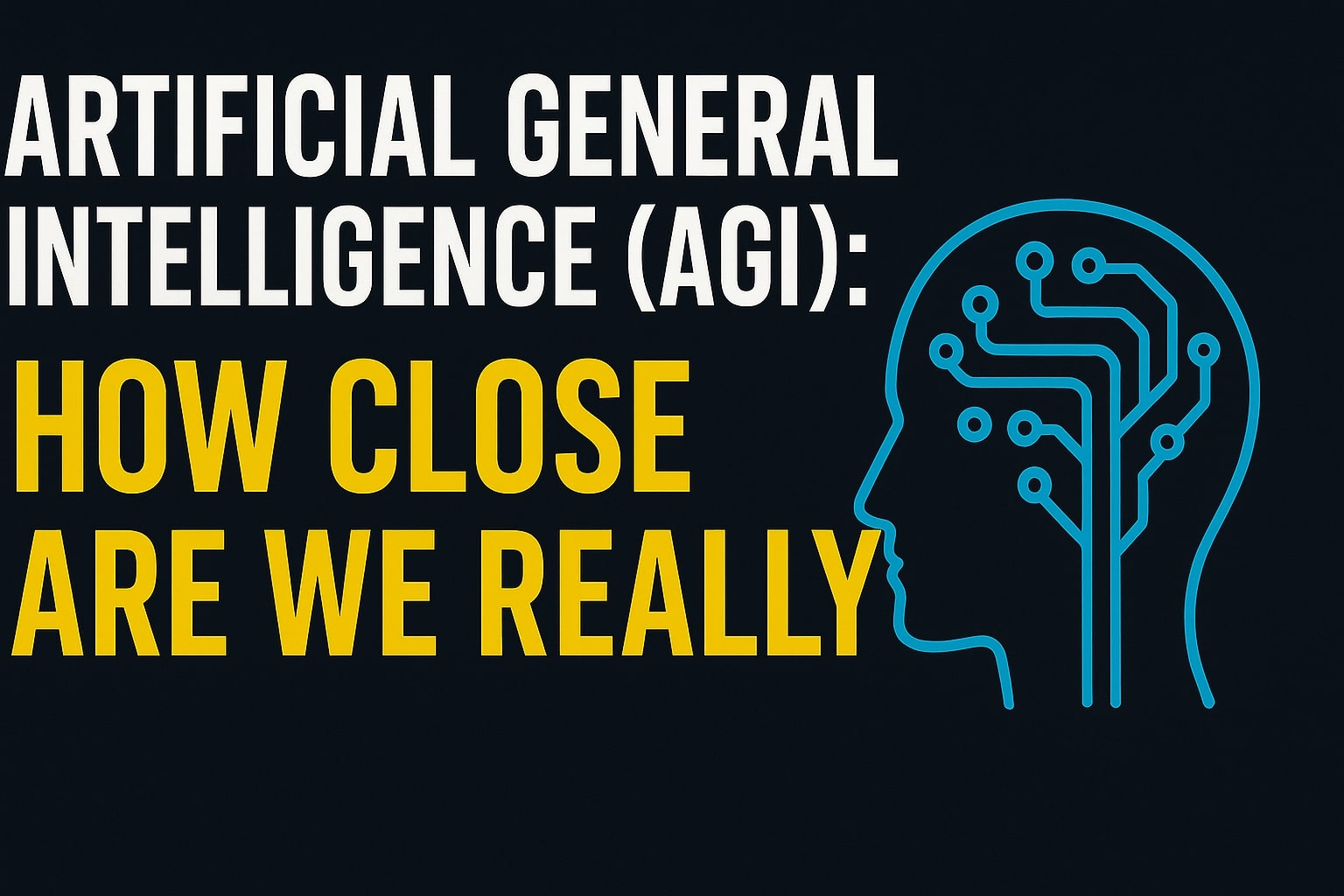Artificial General Intelligence (AGI) is the holy grail of AI research—a machine with the versatile, adaptive intelligence of a human being. It’s a concept that fuels both dreams of a utopian future and fears of a robotic takeover. But how close are we to actually achieving AGI? Let’s explore the facts, the challenges, and the expert predictions.
What is Artificial General Intelligence (AGI)?
AGI refers to a type of AI that possesses the ability to understand, learn, and apply its intelligence to a wide range of problems, much like a human can. Unlike today’s Narrow AI, which excels at one task (e.g., playing chess or identifying faces), an AGI could, in theory, learn to perform any cognitive task that a human can, from diagnosing a disease to composing a symphony to reasoning about abstract philosophical concepts.
The Challenges of Building Human-Like Intelligence
Creating AGI is not just a matter of making bigger neural networks. Researchers face profound challenges:
- Generalization & Transfer Learning: Today’s AI struggles to apply knowledge from one domain to another. AGI would need to learn a principle in one context and use it in a completely different one.
- Common Sense Reasoning: Humans have an innate understanding of how the world works. We know that water is wet, that if you let go of a ball it will fall, and that people have emotions. Encoding this vast, implicit knowledge into a machine is incredibly difficult.
- Self-Awareness & Consciousness: We don’t even have a scientific consensus on what human consciousness is, making it nearly impossible to engineer it artificially.
- Energy Efficiency: The human brain operates on about 20 watts of power. Training a large AI model can consume enough energy to power a small town. AGI would need to be vastly more efficient.
How Close Are We to Next-Generation AI? Expert Predictions
There is no consensus among AI experts on a timeline for AGI:
- Optimists (e.g., some researchers at OpenAI, DeepMind): Believe breakthroughs could happen quickly, suggesting a 10-30 year timeline is plausible, especially with advancements in large language models.
- Pessimists/Skeptics (e.g., Rodney Brooks, Yann LeCun): Argue that we are still missing fundamental breakthroughs and that AGI is likely centuries away, if it’s possible at all.
- The Middle Ground: Many experts believe AGI is inevitable but are hesitant to put a date on it, citing the immense and unknown complexities involved.
Artificial General Intelligence: A Marathon, Not a Sprint
While AI progress has been explosive, AGI remains a distant goal. Current AI, including advanced LLMs, demonstrates impressive narrow intelligence but lacks the general reasoning, understanding, and consciousness that defines AGI. The path forward will require not just more computing power, but fundamental scientific discoveries in cognitive science and neuroscience.
The journey toward AGI is one of the most fascinating endeavors of our time. For now, we should focus on developing today’s Narrow AI responsibly while thoughtfully researching the path ahead.
Understand the present: To appreciate the gap to AGI, it’s important to master today’s technology. Read our article on What Are Neural Networks.
Further reading: Explore research at Stanford HAI, insights from MIT Technology Review, and ethical guidelines from the Partnership on AI.
